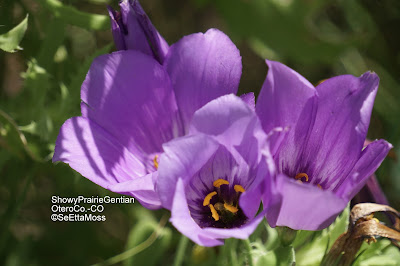Lark Buntings beginning to gather for migration

In southeast Colorado this past week I found several small groups of Lark Buntings including this one that appear to be gathering for migration. This is a female and I believe she is at least partially in her winter (definitive) plumage (per Birds of North America online, "Plumage similar to Definitive Alternate female, except in fresh plumage, pattern more blended, appearing less grayish brown and more strongly tinged with buff; middle secondaries (S4–S6) edged rusty; and chin without black.") SeEtta

